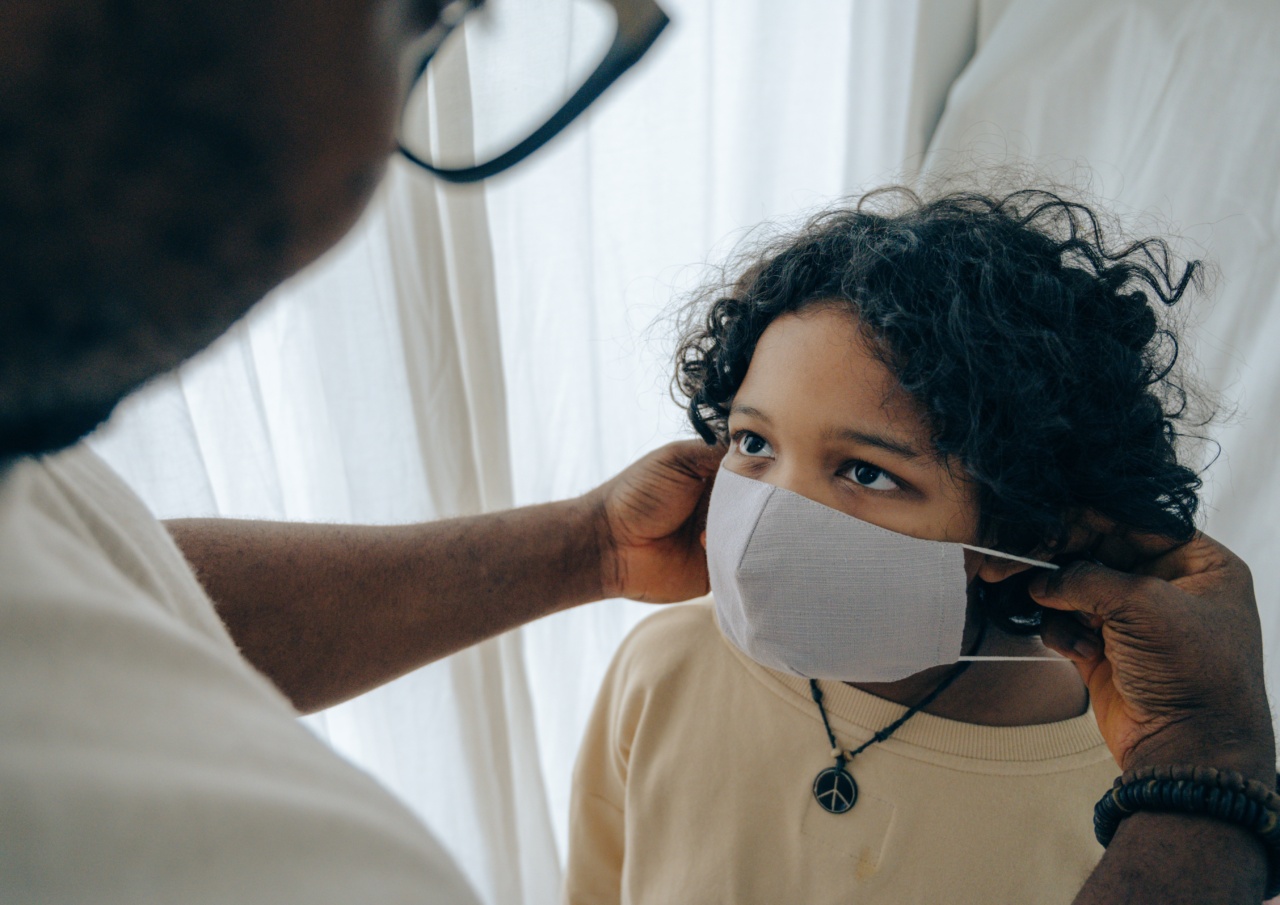Sterilization is a vital practice in maintaining hygiene and preventing the spread of harmful bacteria and viruses. It is commonly used in various settings such as hospitals, food processing industries, and even in our own homes.
While sterilization plays a crucial role in protecting our health, there can be dangers associated with excessive sterilization. In this article, we will explore the potential risks and downsides of excessive sterilization.
What is Sterilization?
Sterilization refers to any process that eradicates or eliminates all forms of microorganisms, including bacteria, viruses, fungi, and spores. It aims to achieve a state of sterility, where no living organisms are present.
Sterilization methods can include physical techniques like heat, radiation, or filtration, as well as chemical agents like sterilizing solutions and disinfectants.
The Importance of Sterilization
Sterilization is a critical aspect of modern healthcare. It helps prevent infections, reduces the risk of contamination in medical procedures, and ensures the safety of both patients and healthcare professionals.
In settings like hospitals, sterilization is an indispensable tool in the fight against healthcare-associated infections (HAIs) that can lead to serious complications and even death.
Food processing industries also heavily rely on sterilization measures to maintain the safety and quality of their products.
Proper sterilization helps prevent microbial contamination, thereby reducing the risk of foodborne illnesses and preserving the shelf life of processed foods.
The Risks of Excessive Sterilization
While sterilization is essential for maintaining cleanliness and preventing the spread of diseases, excessive or unnecessary sterilization can have its downsides.
Here are some of the potential dangers associated with overzealous sterilization practices:.
1. Development of Resistant Microorganisms
Excessive use of sterilization methods can potentially lead to the development of drug-resistant microorganisms.
When exposed to repeated sterilization techniques, some microorganisms can adapt and become resistant to these methods, rendering them ineffective. This can pose a significant threat to public health as it reduces the effectiveness of antibiotics and other antimicrobial treatments.
2. Weakening of Immune System
Living in an overly sterile environment can inhibit the normal development of the immune system. The immune system relies on exposure to various microorganisms to develop immunity and resilience against harmful pathogens.
Lack of exposure to non-pathogenic microorganisms can weaken the immune response, making individuals more susceptible to infections and diseases.
3. Allergic Reactions and Skin Sensitivities
Excessive use of chemical agents for sterilization, such as disinfectants and sterilizing solutions, can lead to allergic reactions and skin sensitivities.
Prolonged exposure to these chemicals can cause irritation, rashes, and even severe allergic dermatitis. People with pre-existing skin conditions or sensitivities may be especially vulnerable to these adverse reactions.
4. Damage to the Environment
Some sterilization methods, particularly those involving harsh chemicals and radiation, can have negative environmental impacts. Improper disposal of sterilizing agents can pollute water sources and harm aquatic life.
Additionally, certain sterilization methods that rely on high energy consumption contribute to carbon emissions and energy waste, exacerbating climate change concerns.
5. Disruption of Beneficial Microbiota
Our bodies and the environment host a diverse range of microorganisms, collectively known as microbiota, that play crucial roles in our well-being.
Excessive sterilization can disrupt the balance of these beneficial microorganisms, leading to dysbiosis or the overgrowth of harmful strains. Imbalances in the microbiota have been linked to various health issues, including allergies, autoimmune diseases, and mental health disorders.
6. Increased Cleaning-Related Costs
Excessive sterilization can result in increased cleaning-related costs, particularly in healthcare facilities and food industries.
The repeated use of sterilization methods, such as intense cleaning protocols and the use of disposable sterile items, can place a financial burden on institutions. These costs may indirectly impact patients and consumers through increased healthcare expenses or higher product prices.
Striking a Balance
It is crucial to strike a balance between effective sterilization practices and maintaining a healthy environment. Here are some recommendations to mitigate the risks associated with excessive sterilization:.
1. Follow Evidence-Based Guidelines
Adhere to evidence-based guidelines provided by reliable health organizations and regulatory bodies. These guidelines define appropriate sterilization methods and frequencies based on scientific research and optimal practices.
2. Prioritize Targeted Sterilization
Focus on targeted sterilization in high-risk areas without unnecessarily sterilizing low-risk surfaces.
Identifying and prioritizing areas where pathogenic microorganisms are most likely to thrive allows for more efficient and effective sterilization practices.
3. Promote Hand Hygiene
Emphasize the importance of hand hygiene rather than relying solely on excessive environmental sterilization. Educate individuals about proper handwashing techniques and the use of hand sanitizers to prevent the spread of infections.
4. Use Alternative Sterilization Methods
Explore alternative sterilization methods that are environmentally friendly and pose fewer risks to human health.
For instance, using steam sterilization instead of chemical sterilants or adopting ultraviolet (UV) light for surface disinfection can reduce the negative impacts associated with certain traditional sterilization techniques.
5. Educate and Engage
Ensure that healthcare professionals, food handlers, and the general public are well-informed about the potential risks of excessive sterilization.
Encourage discussions and promote awareness regarding the importance of maintaining a balanced and healthy microbial environment.
Conclusion
Sterilization undoubtedly plays a significant role in preventing infections and maintaining cleanliness in various settings. However, excessive or unnecessary sterilization practices can result in unintended consequences.
From the development of drug-resistant microorganisms to the disruption of beneficial microbiota, the potential risks of excessive sterilization should not be taken lightly. By striking a balance between effective sterilization and supporting a healthy environment, we can minimize these risks and foster a safer, more sustainable future.































